Baseball History Comes Alive Now Ranked #2 by Feedspot Among All Internet Baseball History Websites and Blogs!
Guest Submissions from Our Readers Always Welcome!
Subscribe to Baseball History Comes Alive! for automatic updates (sign-up block found in right side-bar)
As a Free Bonus for subscribing, you’ll get instant access to my two Special Reports: Memorable World Series Moments and Gary’s Handy Dandy World Series Reference Guide!
Sal Maglie Photo Gallery
Click on any image below to see photos in full size and to start Photo Gallery:
Let’s Recall Don Larsen’s “Perfect Game” Opponent, Sal “The Barber” Maglie
(Written at the time of the passing of Don Larsen in January 2020)
With the passing of Don Larsen this week, the focus of the baseball world has understandably been on the Perfect Game gem he tossed for the Yankees in the 1956 World Series. It’s a feat that’s never been duplicated. The iconic photo of Yogi jumping into his arms after umpire Babe Pinelli rang up pinch-hitter Dale Mitchell for the 27th out is the stuff of baseball lore.
What is often overlooked amidst the tributes to Don Larsen is that he was in a tense pitching duel with his mound opponent, the Dodgers’ Sal Maglie. Completely overshadowed by Larsen’s historic performance was that Sal was tossing a pretty good game himself. In a losing effort, he went the distance, pitching a five-hitter and allowing just two runs, the first a home run by Mickey Mantle. Also overlooked is that Sal had himself recently thrown a no-hitter in the final week on the season.
All this gives me the opportunity to say a few words about Sal “the Barber” Maglie, who, after a late start in the majors, ended up with a fine career. I’m Facebook friends with his son Joe Maglie who occasionally checks in and visits our Old-Time Baseball Photos page.

Sal played ten years in the majors (1945, 1950-’58) with five different teams: Giants, Indians, Dodgers, Yankees, and Cardinals. He compiled a 119-63 record (.657), with a fine career ERA of 3.15. He also had the distinction of being one of the few players—and only pitcher—to play for all three New York teams.
In the featured photo, wee see Sal Maglie being celebrated in the Dodger clubhouse after his victory in Game One of the 1956 World Series. He’s with Roy Campanella, Coach Jake Pitler, and photographer Barney Stein. In the back looks to be a young Don Drysdale.
After breaking into the majors with the Giants in 1945 with a 5-4 record, he jumped to the Mexican League prior to the 1946 season. For this infraction, he was banned from baseball by Commissioner Happy Chandler. He was unable to return to the Giants until 1950. By then he was almost 33. Despite missing four seasons, he had an outstanding year in 1950, going 18-4. His .818 winning percentage led the league, as did his stellar 2.71 ERA. The two-time All-Star followed this with a breakout season in 1951, going 23-6 (.793), with a 2.93 ERA, leading the Giants to the 1951 pennant, climaxed by Bobby Thomson’s historic “Shot Heard ‘Round the World.”
Sal Maglie: Baseball’s Demon Barber
Here’s a few excerpts from a review I wrote for the book Sal Maglie: Baseball’s Demon Barber by Judith Testa. The entire review can be found on Amazon:
Sal Maglie was an interesting character whose life was full of contrasts and contradictions. He was unquestionably a remarkable pitcher whose grit, determination, perseverance, and mastery of the art of intimidation transformed him from a career minor leaguer into one of the most feared and dominant pitchers of his era. It was while pitching for the Giants as the ace of the staff in the early 1950s where Sal achieved his most enduring fame. In 1950, he somehow made the Giants pitching staff at the ripe age of 32 as an unremarkable reliever in whom manager Leo Durocher showed little confidence. It was questionable if he would even survive to the All-Star game. Somehow he did, and then suddenly—almost unexplainably—he caught fire…
He miraculously resurrected his career, and, as the season wore on, he became the Giants’ most effective pitcher. The stage was set for his breakout year of 1951, where he would become the ace of the staff, going 23-6, pitching 298 innings, with a 2.93 ERA, and leading the Giants to their first pennant in 14 years.
Sal’s Role in“The Shot Heard Round the World!”
Judith Testa’s descriptions of Maglie’s role in the epic ’51 pennant drive, his antagonistic, combustible relationship with Durocher, and the three-game playoff which culminated in Bobby Thomson’s dramatic home run are classic. Maglie pitched eight strong innings in the final, climactic game. As the Giants’ half of the dramatic ninth inning unfolded, he was out of the game and already on his way to the clubhouse anticipating a Giant loss. As he plodded naked toward the shower, he encountered none other than Giants’ owner Horace Stoneham, who chose this unlikely setting to tell Sal how much he had meant to the team.
While they were morosing over the Giants’ impending loss of the pennant to the hated Dodgers, they suddenly heard an ear-shattering roar that shook the Giants’ clubhouse to its rafters. Startled, they stopped in mid-conversation and momentarily stared blankly at each other. What’s happening?? Could it really be?? Suddenly the realization overcame their collective consciousness: “My God! THE GIANTS HAVE WON THE PENNANT!”
The Final Word on Sal Maglie
What’s the final verdict on Sal Maglie? That he was a great pitcher in his time, one of the fiercest competitors game has ever seen, there can be no doubt. Yet he possessed the rare ability to leave his battles on the field, never carrying grudges after the final out was made. Of his famous feuds with Carl Furillo and Jackie Robinson, we learn that they were basically one way: they hated him. To Maglie, the feuds were never personal and the hatreds were never reciprocated. When traded to the Dodgers later in his career, he befriended both Robinson and Furillo. The “head-hunter” image was cultivated mainly for its intimidation value. Sal “beaned” only two batters his entire career, and he was well below the league average year after year for hit batsmen.
Off the field, we learn that Sal was a kind, warmhearted, generous, unpretentious man, devoted to his family in the best old-world Italian tradition. He loved children and his many fans, never tired of signing autographs, and his fame never seemed to swell his head. In spite of his celebrity status, to his extended family, he always remained the same beloved “Uncle Sal.”
In one of the book’s great quotes, he was described by Art Pennington, the Negro League player and Sal’s teammate from the Mexican League as “the most unprejudiced white man I ever met.” That’s quite a characterization for the son of Italian immigrants in the 1940’s. In pre-Jackie Robinson baseball, at a time when racial divisions were at their peak, he had no problems playing for a black manager—the great Martin Dihigo—while in Cuba.
And yet he succumbed to some of crudest vices that pervaded baseball in his day, including adultery at a time his wife was dying of cancer. During his career, he drank heavily, but only with ballplayers and old friends, and there are no reports of him ever approaching alcoholism. He could spew the crudest profanities but always directed at his enemies inside the white lines. In later years he became a prolific gambler but dropped the habit when it started to affect his family’s financial stability.
A great pitcher? Yes, most definitely. A flawed human being? Again, an emphatic “yes,” as we all are; and in Sal Maglie: Baseball’s Demon Barber all sides of this complex man are on graphic display. I came away with a sense of admiration, flaws and all, for this fierce competitor, this outstanding pitcher, this son of Italian immigrants. The book will obviously have its widest appeal in New York where the rivalries among its three great teams—and Sal Maglie’s pivotal role in those rivalries—has never been quite forgotten. But it’s a book for all serious students of the game and is one that I highly recommend.
So amidst all the greatly-deserved praise this week for Don Larsen and his historic accomplishment, let’s also take a moment to remember a pretty good pitcher, Sal “the Barber” Maglie.
Gary Livacari
Photo Credits: All from Google search; from the Joe Maglie collection; “The Brooklyn Dodgers Photographs of Barney Stein,” and public domain.
Information: Excerpts edited from my review of Sal Maglie: Baseball’s Demon Barber by Judith Testa. (The entire review is posted on Amazon); and from the Sal Maglie Wikipedia page.

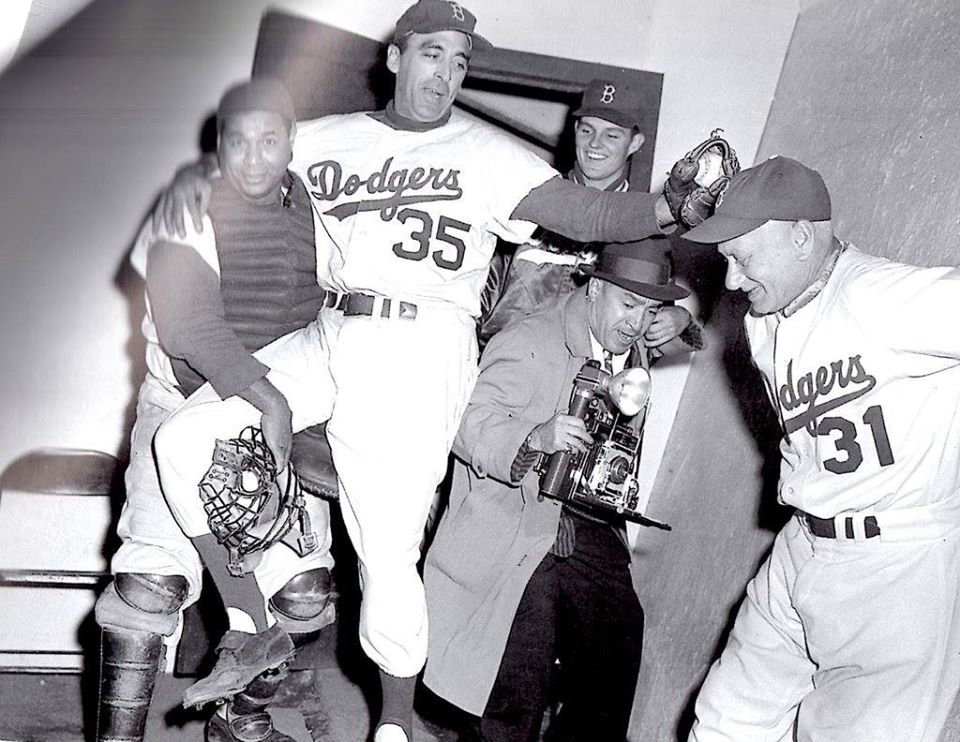
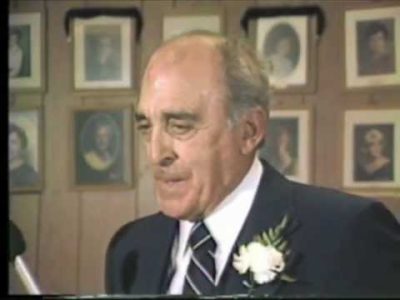
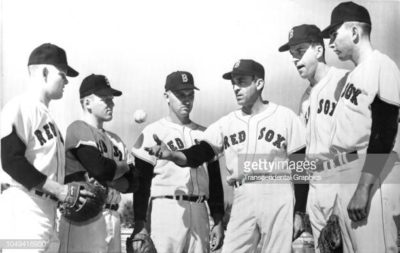
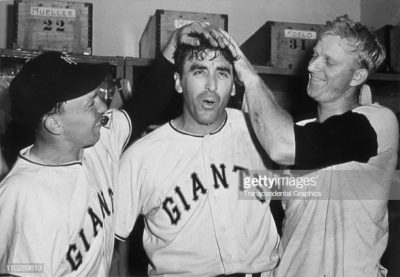
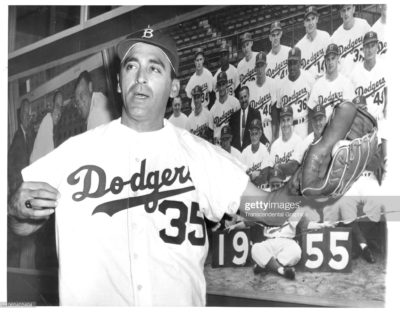
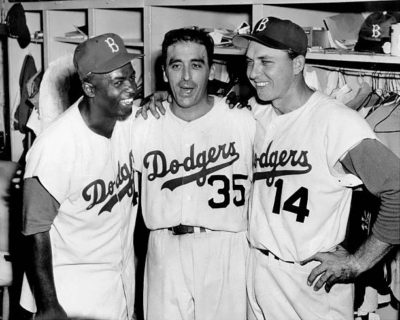
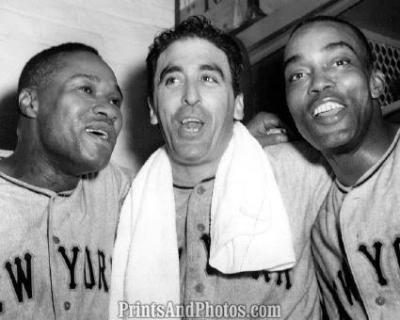
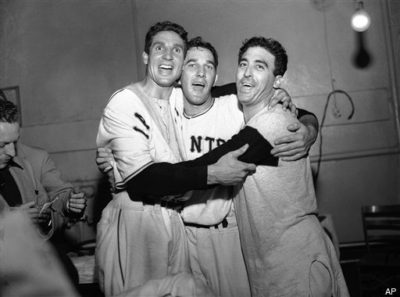
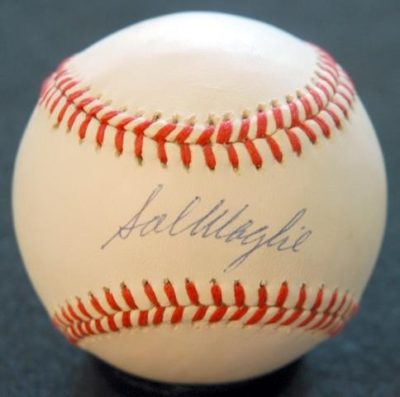
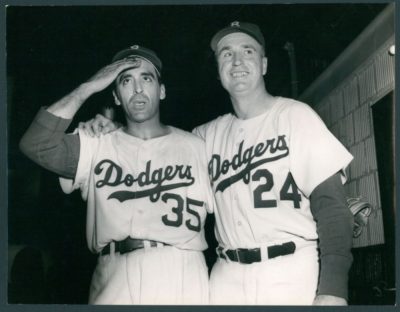
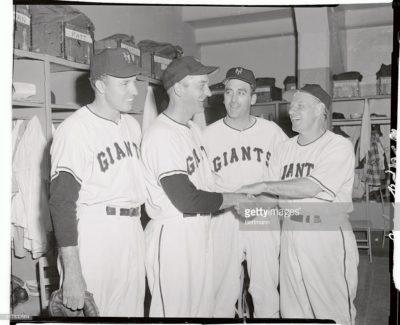
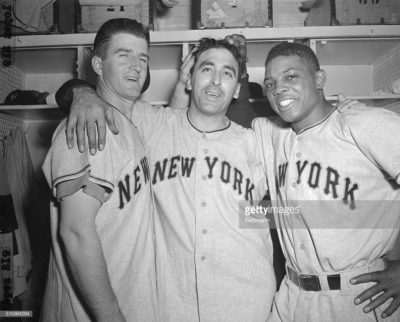
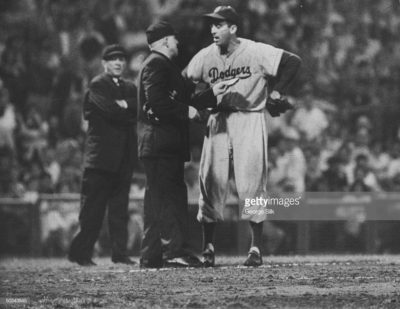
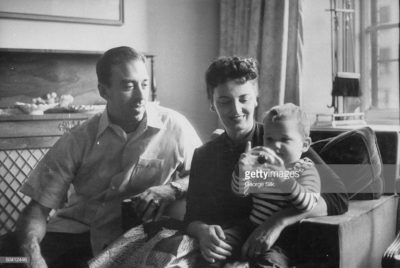
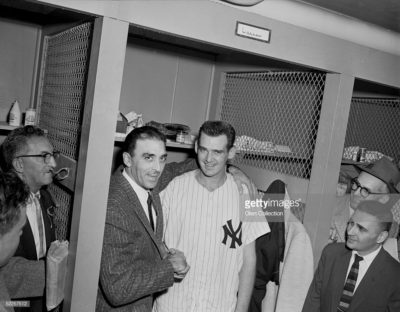
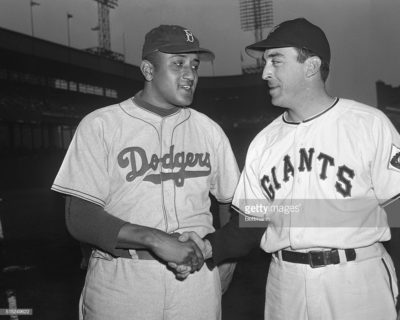
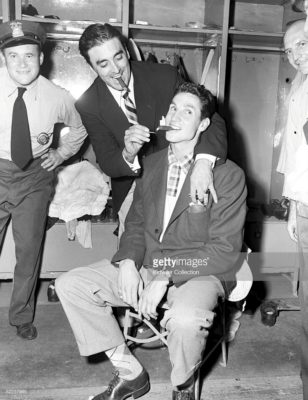
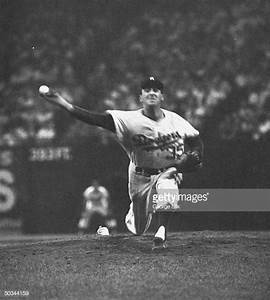
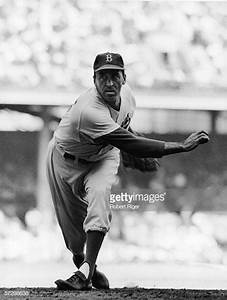
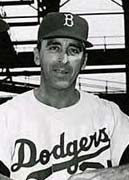
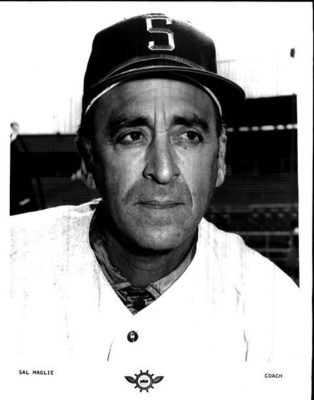
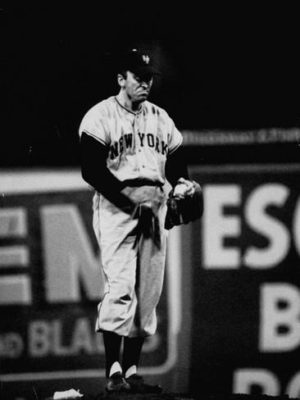
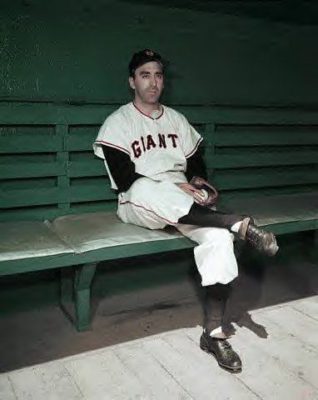
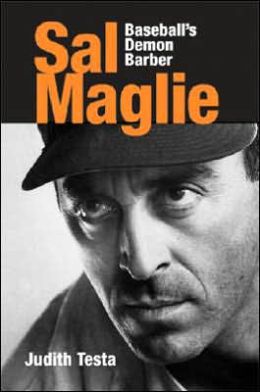
NICE PIECE ON SAL. GOT TO KNOW HIM WHEN HE BECAME THE GM OF THE NIAGARA FALLS PIRATES OF THE NYP LEAGUE WHEN I WAS WITH THE PIRATES. HE WAS A GOOD FELLOW AND NIAGARA FALLS LOVED HIM